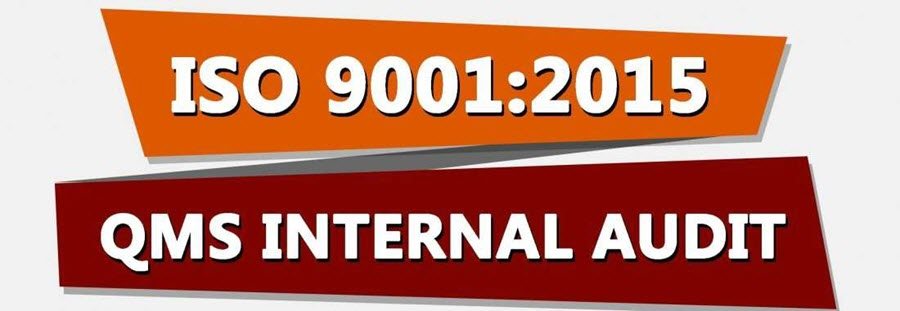ISO 9001 internal audit is a requirement for any organisation that is certified to the ISO 9001 standard. If you are developing or modifying the internal audit programme of your organisation for ISO 9001, this article offers you great tips for auditing to the standard. Before going down in details about ISO 9001 internal audit, it’s important to know what an audit is and why we embark on them.
In the Fundamentals and Vocabulary standard of the ISO 9000, an audit is defined as: “A systematic, independent, and documented process, for obtaining audit evidence and evaluating it objectively to determine the extent to which audit criteria are fulfilled.” Simply put, making sure that what is going on in terms of practice is in accordance with policies, processes and procedures.
The primary purpose of any audit should be to identify areas for improvement and best practice. Internal audits should not be confrontational or accusatorial and should be planned, organized and formal. An ISO 9001 internal audit is to be conducted in a fair and objective perspective following a planned scope and procedure. Audits are tools used to collect fact and determine the extent to which planned requirement are being met. Using the tips in the article, you should be able to achieve the ultimate ISO 9001 internal audit.
Review Exiting Audit Procedure
The ISO 9001 standard explicitly states that the procedure of any internal audit must define responsibilities and requirements:
- Planning audits
- Conducting audits
- Reporting results
- Maintaining records
With objective of meeting the requirements of ISO 9001, much value can be added to an organization by using internal audits to gather other important data and information in the process of carrying out the audit process. A lot will be learned about the general performance of an organization by simply asking questions to peoples on several issues and ideas.
Conduct Audits According to the Quality Management Principles of ISO 9001
The principles of management are the basic entity of the ISO 9000 series of standards. As a result, they provide a strategic and logical approach to how ISO 9001 standard is applied. Audits should be conducted using the seven quality management principles:
- Customer focus
- Leadership
- Engagement of people
- Process approach
- Improvement
- Evidence-based decision-making
- Relationship management
Adopt the Process Approach to ISO 9001 Internal Audits
The goal of ISO 9001 is to encourage the use of the process approach to manage an organization. Because of this, internal audits of any management systems must adopt a similar methodology. The concept of Process Approach involves the logical identification and management of the interaction processes within a company. To conduct an effective audit, it is necessary to understand the process nature of the system and implement the audit appropriately.
Evaluate the Effectiveness of the System
The state of every audit should be observed from three angles;
- Intention – Does the documented process express your approach adequately?
- Implementation – is there a conformity between the observed practices and the intent?
- Effectiveness – is there an indication that the desired result have been reached?
Make Sure Auditors Verify Conformity
After defining the criteria for the audit, evidence should be collected in four unique ways for a complete and effective audit.
- Conduct interview with personnel – ask employees about their tasks, listen to their feedback and observe if their explanations conform to the defined process.
- Observe operations – get a better understanding of the process by watching how it is being performed. Notice if the observed practice meet the requirements.
- Review the Documents and Records – Ask the personnel being interviewed for the record and documents used in their tasks. Examine if the documents and records are readily available and controlled.
- Evaluate Records – it is impossible for auditors to interview every personnel and assess and evaluate every document and record. Therefor you should make provisions for representative data or samples that permit you to deliver informed deductions.
Improve Your Existing ISO 9001 Internal Audit Practices
Conduct training sessions with in-house auditors examine previous noted non-conformity statements and determine what clause references are available for ISO 9001. Let your auditors follow the 6C’s for well written statements.
- Complete – include definitive requirement and evidence
- Correct – make sure information are accurately conveyed
- Concise – statement should be expressed as succinctly and briefly as possibly
- Categorized – prioritize according to major, minor or concern
- Confirmed – confirm the information required for corrective action
If you are looking to outsource your internal audits please contact us for a free consultation on ow we can support.


















